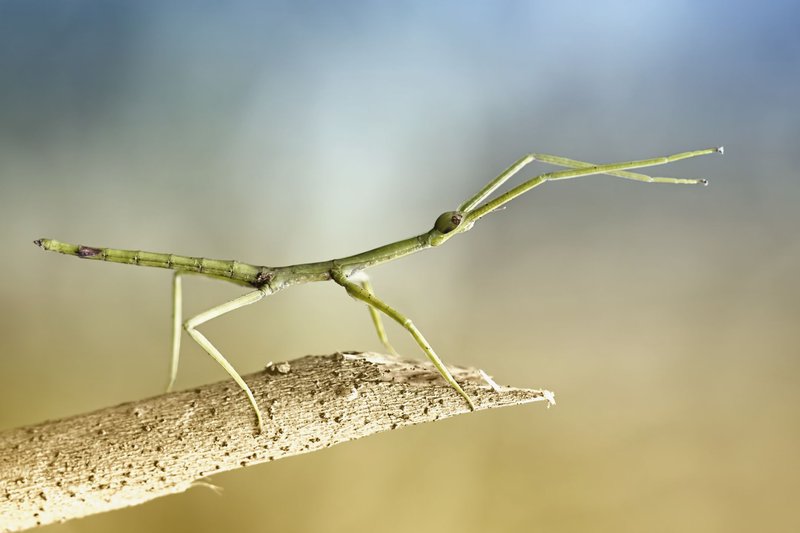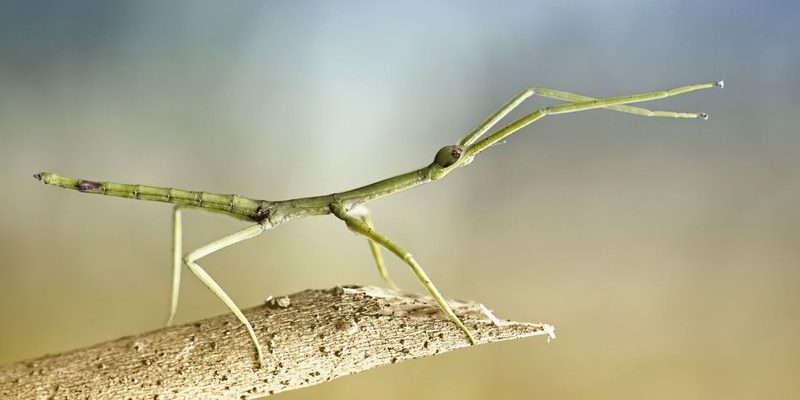
You might wonder, why do these myths persist? Well, stick insects are often seen as peculiar pets, and with that comes some misunderstandings. People tend to exaggerate or misinterpret their characteristics, turning them into legends that just aren’t true. But fear not—let’s dive deep into the world of stick insects and separate fact from fiction.
Myth 1: Stick Insects Are Just Sticks
Here’s the thing: while they look like sticks, stick insects are definitely not mere twigs. They belong to a diverse group of insects known for their long, slender bodies and unique ability to mimic twigs, branches, and leaves.
This mimicry isn’t just for show. It serves a crucial purpose. By looking like the vegetation around them, stick insects evade predators. Birds and other animals are less likely to munch on something that looks like a boring old stick. You might think of them like masterful magicians—pulling off their best tricks to stay safe!
So, while they may look like they don’t belong to the insect world, they are indeed insects. They breathe, feed, and reproduce just like any other bug. They just happen to have a really great costume!
Myth 2: They’re Hard to Care For
If you’ve ever thought about keeping a stick insect as a pet, you might have heard that they’re challenging to take care of. But that’s not entirely true. Honestly, stick insects can be some of the easiest pets to maintain.
These insects require a simple environment to thrive. Here are some key care tips:
- Habitat: A terrarium with adequate ventilation and space to climb is perfect.
- Diet: They mainly eat leaves, especially bramble, oak, or rose. Just make sure to provide fresh foliage regularly.
- Humidity: Keeping the enclosure slightly humid helps them thrive. A light misting every few days can work wonders.
With a little effort, you can create a comfortable home for your stick insect. You might even find that their low-maintenance lifestyle leaves you with more time to enjoy watching their quirky behaviors!
Myth 3: They Don’t Feel Pain
You might be wondering if stick insects experience pain. This is a common misconception. Like all living creatures, stick insects have a nervous system that allows them to sense their environment. When threatened, they can react defensively, which is evidence of their awareness.
When handled, they may not show obvious signs of distress; their natural reaction is often to remain still. Some might think this means they’re unfeeling, but it’s just their defense mechanism at work. Think of it like when you try to remain calm in a scary situation.
While they might not react like a puppy yelping at a sore paw, it’s essential to treat them gently. Just because they look tough doesn’t mean they’re invulnerable!
Myth 4: Stick Insects Are Poisonous
You may have heard that stick insects can be dangerous due to toxicity. The reality is, most stick insects are completely harmless. They don’t possess any venom or poison that could harm humans.
That said, some species can have a mild taste deterrent that might taste unpleasant if a predator tries to snack on them. Think of it as a natural “bad flavor” warning sign. They rely on their camouflage more than anything.
So, if you find yourself curious about handling one, you can relax! Just wash your hands afterward, and you’ll be just fine. No need for a hazmat suit!
Myth 5: They Can Regenerate Lost Limbs Like Some Other Insects
A common myth surrounding stick insects is that they can regrow lost limbs, similar to some species of salamanders or crabs. While many insects can regenerate, stick insects are not among them.
If a stick insect loses a leg or antennae, it won’t grow back. However, young stick insects (nymphs) may regenerate during their earlier molts. But even then, it’s not guaranteed.
Don’t worry, though! Stick insects are generally resilient. As long as they have a suitable environment and are fed well, they will live a healthy life—even if their limbs aren’t perfect.
Myth 6: Stick Insects Only Come in Brown
When you think of stick insects, you might picture a brown, twig-like body. But here’s the fun part: stick insects come in a variety of colors and patterns!
Depending on the species, they can flaunt shades of green, grey, and even bright colors. Some species can even change their color slightly to blend in more effectively with their surroundings.
This variety is just like a painter’s palette—each species is unique. If you explore the world of stick insects, you might be surprised by how colorful and diverse their appearances can be!
Myth 7: Stick Insects Are Only Found in Rainforests
Many people assume that these fascinating insects are exclusive to tropical rainforests. In reality, stick insects can be found in a variety of habitats around the world!
While it’s true that you’ll find many species in rainforests, stick insects also thrive in grasslands, woodlands, and even gardens. They’re quite adaptable. Some areas may have stick insects that are well-suited for cooler climates, while others are perfectly at home in heat.
Seeing them pop up in various environments only adds to their uniqueness. It’s like discovering hidden gems in different parts of the world!
Wrapping It Up: Understanding Stick Insects
So there you have it—some common myths about stick insects debunked! These critters are truly remarkable, and by shedding light on the truth, we can appreciate them even more. Whether you’re considering them as a pet or simply curious about these enchanting creatures, understanding the facts helps form a genuine connection with them.
Next time you spot one in the garden, remember that it’s not just a stick; it’s a living, breathing insect with its own fascinating story. Don’t let myths cloud your view of these incredible creatures—there’s a whole world of wonder waiting to be explored!

